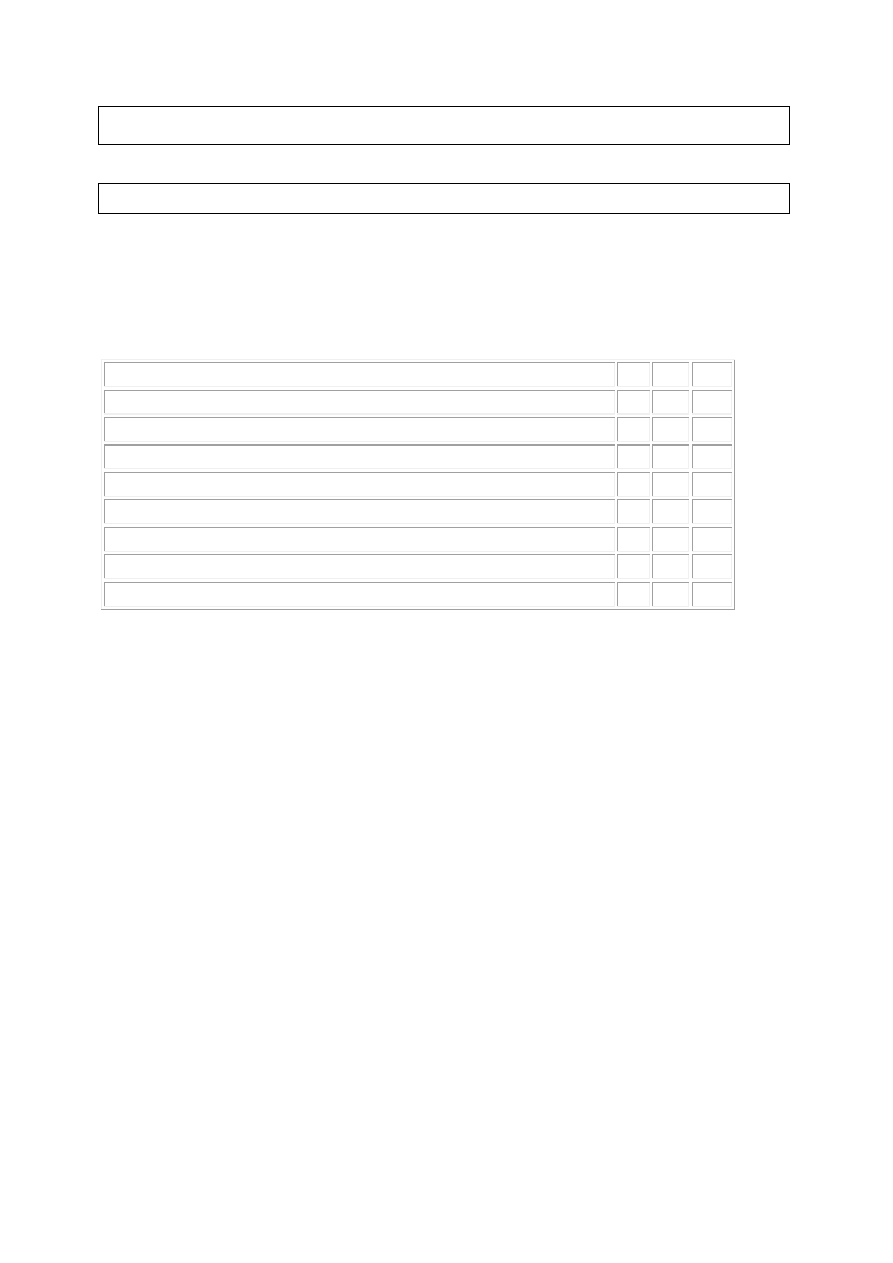Jaguar XJ (X350). Manual — part 788

5 . Remove the secondary air pump.
Installation
1 . To install, reverse the removal procedure.
Tighten to 20 Nm.
2
.
NOTE:
For NAS vehicles only.
If required, carry out a short drive cycle.
For additional information, refer to Powertrain Control Module (PCM) Short Drive Cycle Self-
Test

303-08B : Engine Emission Control – 2.7L V6 – TdV6
Specifications
Specifications
Torque Specifications
Description
Nm lb-ft lb-in
Exhaust gas recirculation (EGR) valve to cylinder head retaining bolts 10 –
89
EGR valve to EGR cooler retaining bolts
10 –
89
EGR valve tube to exhaust manifold retaining bolts
10 –
89
EGR valve cooler mounting bracket retaining bolt
10 –
89
EGR valve outlet tube to EGR valve retaining bolts
10 –
89
EGR valve outlet tube to timing cover retaining bolt
5
–
44
Fuel filter mounting bracket retaining 10 mm bolt
25 18 –
Fuel filter mounting bracket retaining 6 mm bolt
10 –
89
www.

Description and operation
Engine Emission Control
Crankcase Ventilation
The crankcase ventilation system on the 2.7L Diesel ensures that all gases emitted from the
crankcase during engine running are separated from any oil particles.
Item
Part Number
Description
1
Left-hand breather tube
2
Crankcase vent oil seperator
3
Right-hand breather tube

4
Crankcase oil return tube
5
Crankcase oil return valve
6
Oil return tube
Crankcase ventilation is by a cyclone seperator. The oil seperator is constructed from a plastic
composite material. The oil seperator is located between the ‘V’ at the back of the engine block by
means of three seals. The oil seperator contains a diaphragm and spring which opens under intake
vacuum.
The ventilation systems first chamber is a horizontal void cavity fed by eight points. Once primary
separation is complete, the partially cleaned vapor is sucked through a cyclone where the process
further reduces the oil content. Prior to the vapor entering the air supply at the compressor, a
diaphragm pressure balance valve operates to minimize the crankcase pressure variations caused by
engine air demand and service condition.
Due to the shape and design of the cyclone unit, the oil and vapor are seperated more effectively.
Vapor is directed into the inlet system and the heavier oil drains back into the engine.
Exhaust Emission Control
The exhaust of a diesel engine contains the following pollutants:
Carbon Monoxide (CO)
Hydrocarbons (HC)
Particulates
Oxides of Nitrogen (NOx)
These pollutants are primarily produced as a result of incomplete combustion of the fuel.
The particulates in the exhaust gases consist of pure carbon and various compounds such as metal
oxide and sulphur.
www.

Нет комментариевНе стесняйтесь поделиться с нами вашим ценным мнением.
Текст